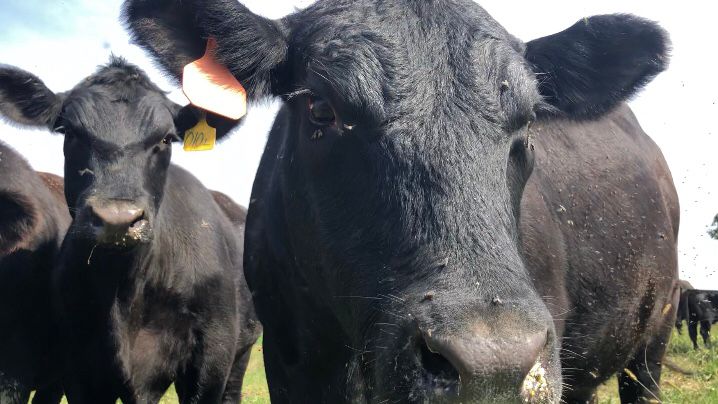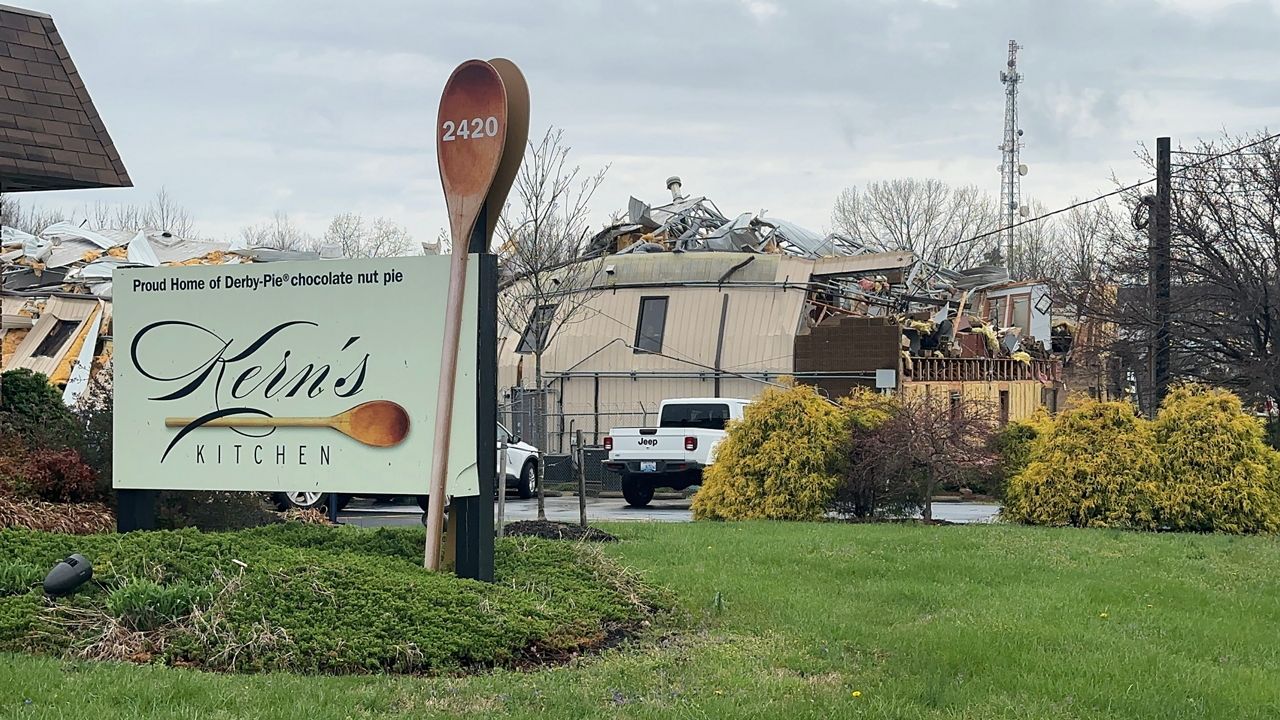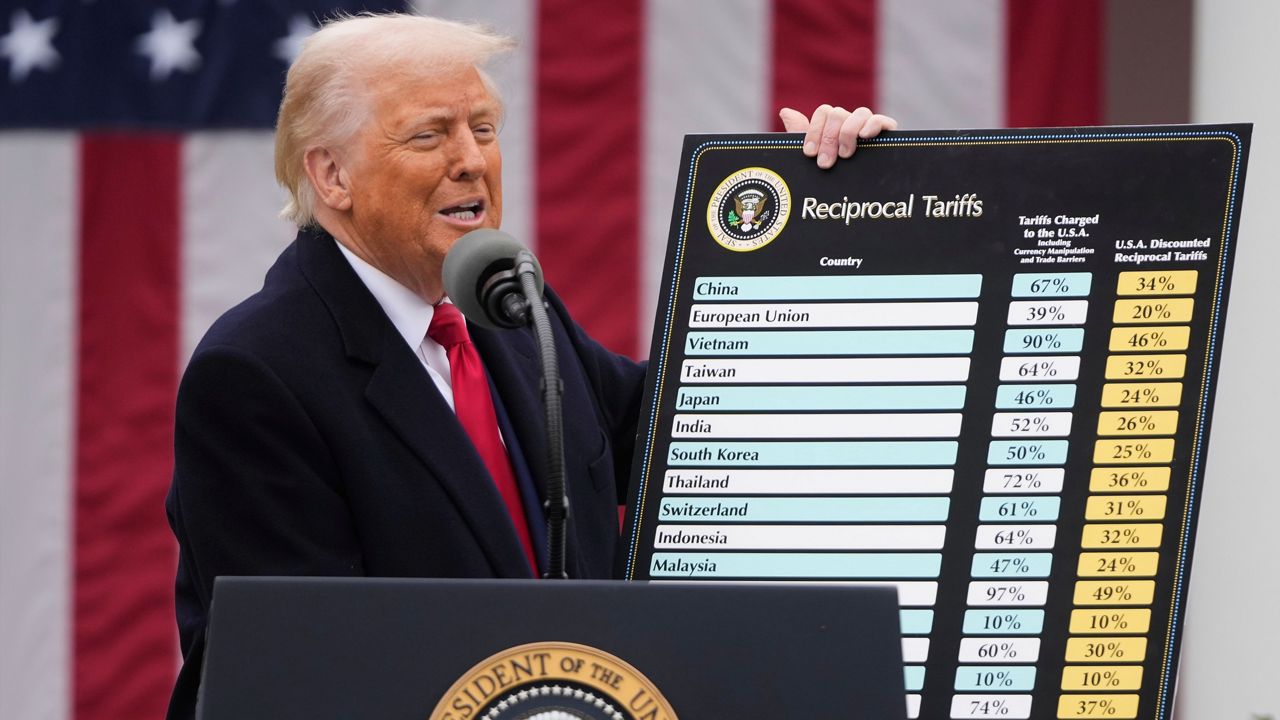LEXINGTON, Ky. — U.S. farmers, including those in Kentucky, continue to battle high costs for labor, fuel, seed and fertilizer -- factors driving up food prices -- as inflation sets into the economy experts say
What You Need To Know
- Inflation expected to get worse throughout 2022
- Supplies cost more and are sometimes difficult to get
- War between Russia and Ukraine also a factor
- Interest rates are crucial to profitable farms
Inflation and supply chain problems continue hurting farmers’ pockets.
“Farmers are paying significantly higher prices for weed-killing chemicals, crop seeds, fertilizer, equipment repairs and seasonal labor,” said Marc Guilfoil, owner of Evans Mill Cattle Company in southern Fayette County. “The different chemicals you may use; that you're always relying on, you may not get those. You have a plan in place for what you're going to do, and then you can't get enough product, so you have to switch to something else if you can find it and hope that'll fit the program that you have.”
Food prices are up 9.4% from a year ago, according to the Bureau of Labor Statistics. The US Department of Agriculture projects prices to rise at least 5%-6% throughout 2022. The Biden administration in May announced additional measures to support farmers by doubling the federal investment in domestic fertilizer production up to $500 million. Biden also announced expanding access to insurance for “double cropping,” a method of planting two different crops in the same field over the course of a year and expanding access to technologies that reduce the reliance on fertilizer.
Guilfoil said he will probably spend more than he ever has to operate his farm this year.
“Higher commodity prices last year covered most of those cost increases,” he said. “Facing even higher prices now, I don’t expect that to be the case in 2022.”
The U.S. Department of Labor warned in early 2022 that supply chain constraints and staffing problems could lead to higher prices for products and supplies across a variety of industries, especially food. U.S. inflation hit its fastest pace in nearly four decades last year. Food prices surged 7% in January, the sharpest rise since 1981, according to the Labor Department, as meat and egg prices, Guilfoil’s two primary products, continued to climb at double-digit rates.
“The short answer is too much money is causing inflation, and it's not going away soon,” Guilfoil said. “March’s inflation was the highest in 40 years. There's been a lot of talk about supply chain causing inflation. Really, what's been happening is general supply has been having a hard time keeping up with the demand in the economy. So, it is a little supply chain, but mostly it's about too much money in the economy.”
Dr. William Snell, an agriculture economist at the University of Kentucky, said inflation effectively reduces the so-called purchasing power of producers and consumers.
“Economists like to present data in ‘inflation-adjusted’ or ‘real’ terms,” he said. “If one’s income increases by 3%, but the cost of goods and services in the economy increase by 5%, the employee has experienced a higher nominal income, but their purchasing power because of inflation has been eroded. Within agriculture, most commodity prices have declined over time relative to the rate of inflation. Most times, the advancements in yields for crops and pounds of gain for livestock have helped offset the decline in real or inflation-adjusted prices.”
Snell said inflationary pressure in the economy can put upward pressure on farm commodity prices, but higher commodity prices increase the demand for farm inputs, including the cost of borrowed funds.
“Historical data clearly shows that inflation tends to boost the value of farm assets such as land, but could hurt U.S. exports through its impact on the value of the U.S. dollar,” he said. “A lot of the effects really depend on the severity and length of inflation in the economy and the ultimate change in monetary policy. Also, the outcome may vary depending on whether you are a farmland investor, a permanent landowner or a land renter, plus one’s dependence on borrowed funds and international markets. While it appears the effects of inflation on agriculture can be debated, it is pretty clear it is bad for consumers and that deflation is bad for the entire economy, including agriculture.”
Guilfoil said in the face of record inflation, he has no other option but to keep doing what he does.
“Inflation creates a lot of price uncertainty,” he said. “Probably what’s most damaging is that it raises long-term interest rates. So, this raises the farmer's costs of borrowing for expansion or for reinvestment on the farm. That was really the biggest trouble with inflation back in the 70s and 80s for the farmers. It created a very painful decade in the 1980s, and it's really important to deal with this.”









